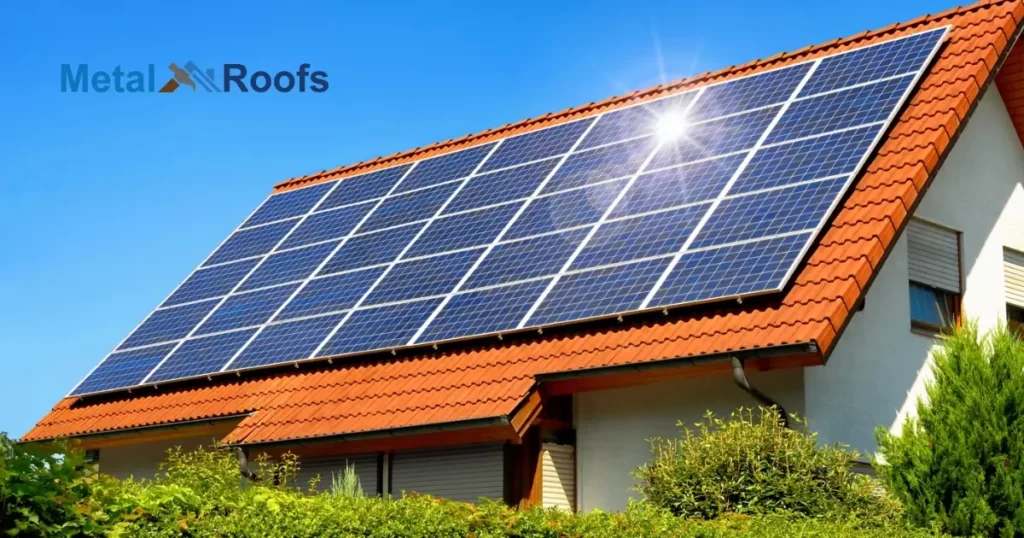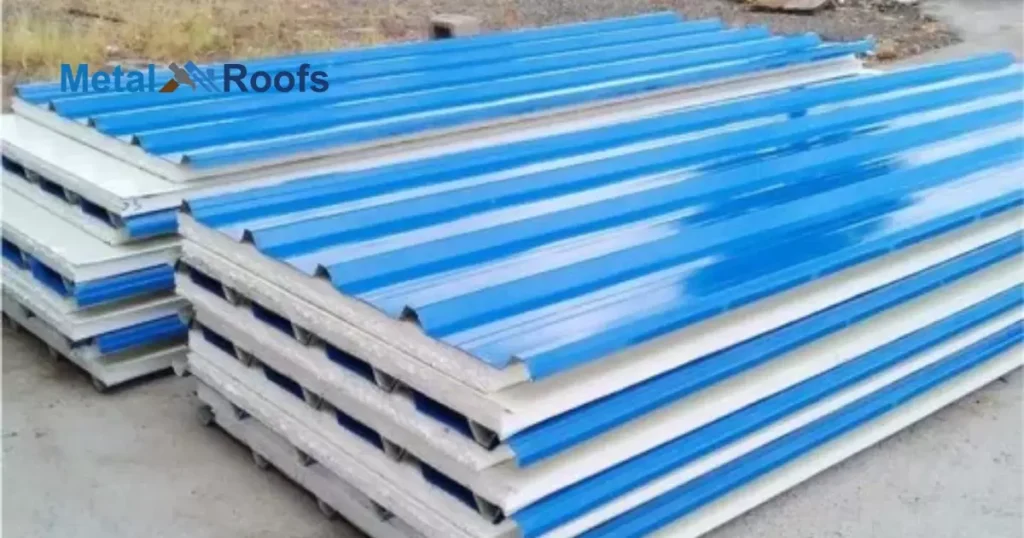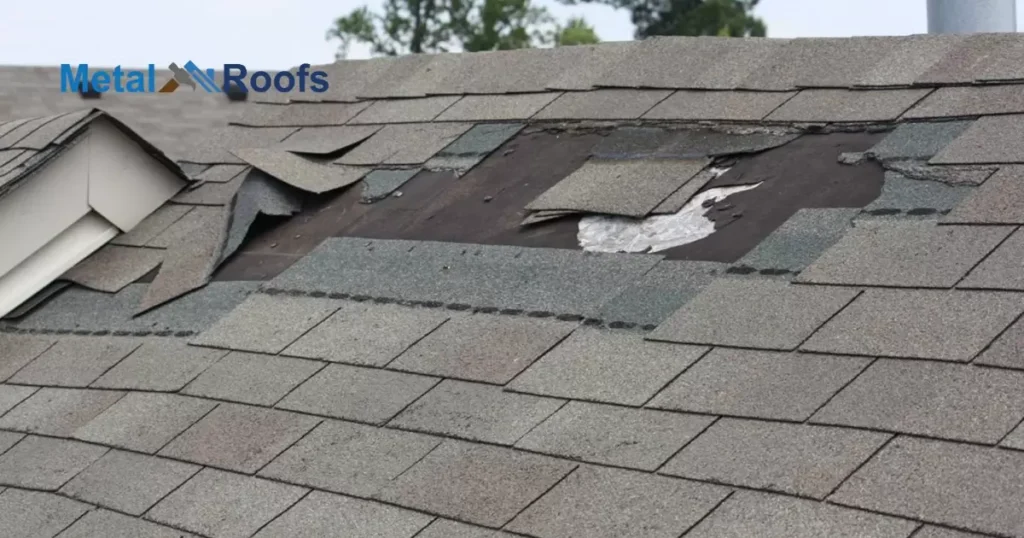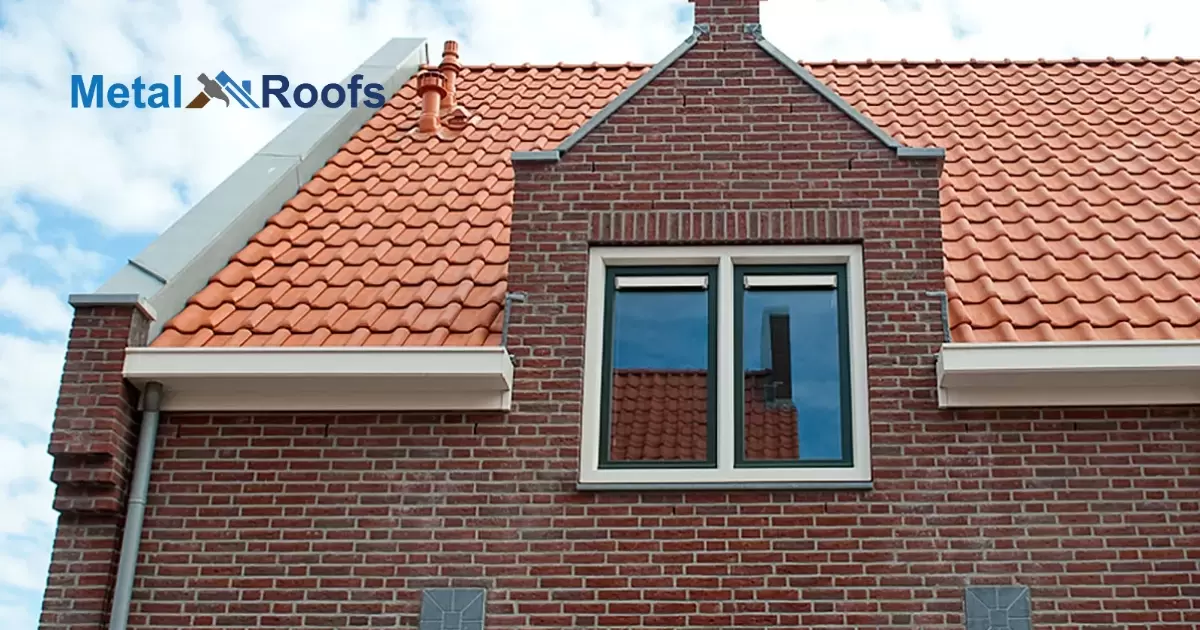Metal roofs like steel, aluminum, copper cost more upfront but lifespan 2-3 times longer than asphalt shingles so save money long-term metal resists weather, fire, leaks unlike shingles that crack, peel over time needing repairs plus full replacement.
What roof costs less over time? Shingles crack, leak, need repairs. Metal lasts decades, resists weather, fire. Though pricier at first, metal roofs save money long term without replacement every 10-20 years like shingles.
Asphalt shingles are common, but have limitations. They degrade and require repairs and replacement. Metal roofs are longer lasting and weathertight. Despite higher initial cost, their longevity offsets those expenses over time. Overall, metal provides greater value from cost savings down the road.
Key Takeaways
- Sheet metal roofing may have a higher initial cost than shingles but offers long-term savings due to durability.
- Metal roofs are resilient against weather and typically last longer, reducing maintenance expenses.
- Metal roofing may require specialized skills and tools, impacting installation costs compared to shingles.
- Metal roofs excel in harsh climates, providing better resistance to wind, snow, and temperature extremes.
- Homeowners should weigh the visual appeal of metal roofing against the traditional look of shingles.
Metal Shingles 3 More Important Comparisons
Metal lasts longer, needs less maintenance, and is cost-effective. Shingles are cheaper initially but wear out faster, requiring more upkeep. Metal withstands harsh climates better, is durable in high winds, and resistant to heavy snow. Aesthetics matter too some prefer metal’s modern look while others like traditional shingles. Choose based on your needs.
Metal Roof Warranties Versus Shingle Warranties
Metal roofs come with longer warranties. They typically last 30 to 50 years. Shingles have shorter warranties, usually around 15 to 30 years. Metal warranties often cover fading and chipping. Shingle warranties may cover defects and weather damage. Consider warranty length and coverage. Choose what aligns with your needs.
The Lifespan Of A Metal Roof Versus A Shingle Roof
Metal roofs last longer. They have a lifespan of 40-70 years. Shingle roofs typically last 20-30 years. Metal requires less frequent replacement. It offers long-term durability. Shingles need replacing sooner, increasing maintenance costs. Consider lifespan when choosing between them.
The Amount Of Maintenance A Metal Roof Needs Versus A Shingle Roof
Metal roofs require less maintenance overall. They’re durable and often last longer. They resist rust, mold, and mildew. Shingle roofs need more upkeep. They can suffer from algae growth. Regular inspections and repairs are necessary. Consider the maintenance needs when choosing.
Energy Efficiency Savings Significant With Metal Roofing

Metal roofing offers substantial energy efficiency savings. Its reflective properties bounce off the sun’s rays, keeping homes cool in hot climates. This reduces the need for air conditioning, cutting down on electricity bills significantly.
Metal roofs are durable, reducing the need for frequent replacements. This lowers environmental impact and saves costs. Investing in metal roofing can lead to long-term energy savings. Consider enhancing energy efficiency further by installing an attic fan.
Installation Costs Compare Between Metal Roofing And Shingles
| Aspect | Metal Roofing | Shingles |
| Labor Costs | Typically higher due to specialized skills | Generally lower as installation is simpler |
| Tools | Requires specialized tools | Basic tools are usually sufficient |
| Complexity | More complex installation process | Installation process is straightforward |
| Time | Installation may take longer | Installation is often quicker |
| Skill Requirement | Requires skilled professionals | Can be DIY or done by roofing professionals |
Metal roofing typically requires specialized skills and tools for installation. This can result in higher labor costs compared to shingles. Metal roofs are often easier and faster to install due to their large panels.
Shingles, on the other hand, are more straightforward to install and require less specialized labor. This can lead to lower installation costs overall. The labor costs can vary depending on the complexity of the roof and the type of shingles used.
Environmental Benefits Come With Opting For Metal Roofing
Opting for metal roofing can indeed offer several environmental benefits:
Longevity: Lasts 50+ years, reducing the need for frequent replacements.
Recyclability: Highly recyclable, reducing demand for virgin materials.
Energy Efficiency: Reflects solar radiation, lowers cooling costs, and reduces energy consumption.
Durability: Resistant to weather damage, reducing repairs and replacements.
Lightweight: Reduces structural load, saves materials during construction.
Sustainable Manufacturing: Often made from recycled metal, with eco-friendly production processes.
Water Collection: Facilitates rainwater harvesting, providing additional water for non-potable uses.
Overall, choosing metal roofing can contribute to a more sustainable and environmentally friendly building design by reducing resource consumption, energy use, and waste generation over the long term.
Metal Roof Vs Shingles In Hot Climate
In hot climates, metal roofs outshine shingles. Metal deflects the sun’s heat, keeping homes cooler. This means lower energy bills and less strain on air conditioners.
Shingles absorb heat, raising indoor temperatures. They can degrade faster in intense sunlight. Metal roofs offer durability and energy efficiency in hot weather, making them a smart choice for homeowners seeking long-term comfort and savings.
1,500 Sq Ft Metal Roof Cost

Metal roofing for a 1,500 square foot area can vary in cost. Factors such as material quality and installation complexity influence the final price. Generally, expect the initial expense to be higher compared to shingles.
Metal roofs often last longer, requiring less maintenance over time. This durability can translate to cost savings in the long run. Consider your budget and preferences carefully before deciding between metal roofing and shingles for your 1,500 square foot space.
Metal Roof Shingles Pros And Cons
Metal roofs and shingles vary in cost. Metal roofing materials might be pricier initially but last longer. Shingles, on the other hand, are cheaper upfront but may need more frequent replacement.
Installation of metal roofs requires specialized skills and tools. Shingles are easier and quicker to install, usually costing less. Metal roofs typically endure harsh weather better, potentially saving money on repairs in the long run.
Metal Roofing:
Pros
- Typically lasts 50+ years, outlasting many other roofing materials.
- Resistant to weather damage, including fire, hail, high winds, and heavy snow loads.
- Reflects solar radiation, reducing heat absorption into the building and lowering cooling costs.
- Highly recyclable at the end of its lifespan, reducing environmental impact.
- Requires minimal maintenance over its long lifespan.
- Available in various styles and colors, offering a modern and sleek appearance.
Cons
- Generally more expensive upfront compared to shingle roofing.
- Requires professional installation due to its specialized techniques and materials.
- Metal can expand and contract with temperature changes, potentially leading to noise issues during extreme weather conditions.
- Certain metals, like aluminum, are prone to denting from heavy impacts such as hail.
Shingle Roofing:
Pros
- Generally more affordable upfront compared to metal roofing.
- Can be installed by DIY enthusiasts or roofing professionals, typically with straightforward techniques.
- Available in a wide range of styles, colors, and materials to suit different preferences and architectural styles.
- Individual shingles can be easily replaced if damaged, simplifying maintenance.
- Provides better sound insulation compared to metal roofing, reducing noise from rain and hail.
Cons
- Typically lasts 15-30 years, requiring more frequent replacements compared to metal roofing.
- Requires periodic maintenance such as cleaning and replacing damaged shingles.
- Vulnerability to Weather: Prone to damage from severe weather conditions like high winds, hail, and fire.
- Absorbs heat, potentially increasing cooling costs in warmer climates.
- Asphalt shingles contribute to landfill waste when replaced, as they are not easily recyclable.
Metal Roofs Leak More Than Shingles

Metal roofs often get a bad rap for leaking more than shingles. However, this isn’t entirely accurate. Metal roofs can indeed develop leaks, but they’re typically caused by poor installation or damaged flashing rather than the metal material itself. Properly installed metal roofs with adequate flashing can provide excellent protection against leaks.
This includes using quality materials, sealing seams effectively, and paying attention to flashing details around chimneys, vents, and other penetrations. With proper installation and maintenance, metal roofs can offer durable and reliable protection against leaks, often outperforming shingle roofs in longevity and weather resistance.
Frequently Asked Questions
What are the disadvantages of a metal roof?
Metal roofs can be initially more expensive than shingles, and they can be prone to denting if hit by large hail or debris.
What is the cheapest roofing option?
Asphalt shingles are typically the cheapest roofing option available.
Are metal roofs worth the extra cost?
Yes, metal roofs are worth the extra cost due to their durability and longevity, offering long-term savings on maintenance and replacement.
Conclusion
Metal roofs have a higher upfront cost. But their long lifespan offsets replacement costs. Avoid frequent roof repairs and replacements. Metal withstands weathering without leaks. Though pricier at first, metal saves money over decades of use.
Shingles seem cheaper initially. But they crack, peel and must be replaced. This involves hidden costs over time. Metal roofs avoid this replacement cycle. Superior durability and longevity make metal the value choice. Metal costs more today but saves tomorrow.











